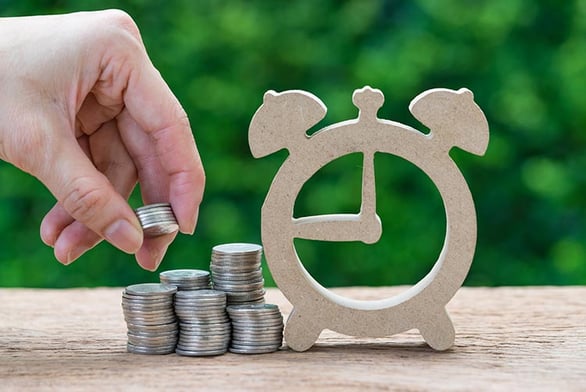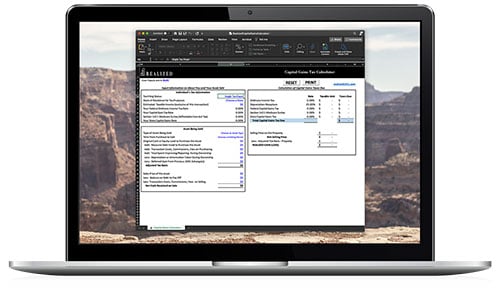
Selling an investment property for a gain results in either a long- or short-term capital gain depending on the amount of time you’ve held the asset.
Short-term gains are from selling property you’ve held for less than a year. They are taxed as ordinary income, or the same rate as you pay for salary, bonuses, commissions, and other work-related income when you file your annual tax return. Long-term gains, meanwhile, are profits generated from selling property you’ve held for more than a year. That time frame begins the day after you close on the asset and ends the day you dispose of it. These gains are taxed at different rates.
Below we’ll cover how long-term capital gains are taxed for 2021.
How to Determine Your Long-Term Capital Gains Tax Rate
In order to determine the rate at which your long-term capital gains will be taxed for 2021 you’ll first have to determine your investment basis. Typically, basis combines three things:
- Original purchase price of the asset
- Out-of-pocket costs incurred during acquisition
- Capital improvements made while you held the asset
Determining basis normally includes closing costs such as title fees, commissions, and other common expenses associated with the acquisition of real property. For example, if you purchased an asset for $1 million and also paid $100,000 in closing costs, your investment basis is $1.1 million. Next you’ll add in the cost of any large capital improvements made to the property, such as repaving the parking lot, adding landscaping, or upgrading the building’s mechanical systems.
However, there are some adjustments you can make to your investment basis, such as depreciation deductions and the value of any deferred capital gains. Including those costs to your original basis results in an adjusted-cost basis. Take the $1 million building mentioned above. If you deducted $150,000 in depreciation while you held the asset, you’ll have to pay depreciation recapture taxes on those deductions.
Once you’ve determined your adjusted-cost investment basis, you can determine your long-term capital gains tax rate.
Long-Term Capital Gains Tax Rates for 2021
Long-term capital gains are taxed at either 0%, 15%, or 20%. The rate you’ll pay depends on your income level, although some property assets also trigger minimums under certain circumstances. High-income individuals and couples will also pay the net investment income tax of 3.8 percent, which is the Medicare contribution supplement.
Following are long-term capital gains tax rates for 2021:
|
Rate |
Single Filer |
Married but Filing Jointly |
Married and Filing Separately |
Head of Household |
|
0% |
Under $40,400 |
Under $80,800 |
Under $40,400 |
Under $54,100 |
|
15% |
$40,401- $445,850 |
$80,801- $501,600 |
$40,401- $250,800 |
$54,101- $473,750 |
|
20% |
$445,851 and up |
$501,601 and up |
$250,801 and up |
$473,751 and up |
The Bottom Line
Although long-term capital gains tax rates can fluctuate from year-to-year, they typically are lower than the ordinary income tax rate for most investors. Another thing to keep in mind is that capital losses can be used to offset capital gains. When you sell something for less than its basis, you’ve incurred a capital loss, and those losses can offset gains made in other years.
Taxes can be extremely complicated. It’s strongly recommended that you consult with an experienced tax professional before disposing of any real property assets to fully understand your potential long-term capital gains tax liability.
This material is for general information and educational purposes only. Information is based on data gathered from what we believe are reliable sources. It is not guaranteed as to accuracy, does not purport to be complete and is not intended to be used as a primary basis for investment decisions. It should also not be construed as advice meeting the particular investment needs of any investor. Consult with your tax advisor regarding your individual circumstances.


